Registered under Ministry of Tourism, Arts and Culture Malaysia, License: 11394
0
No products in the cart.
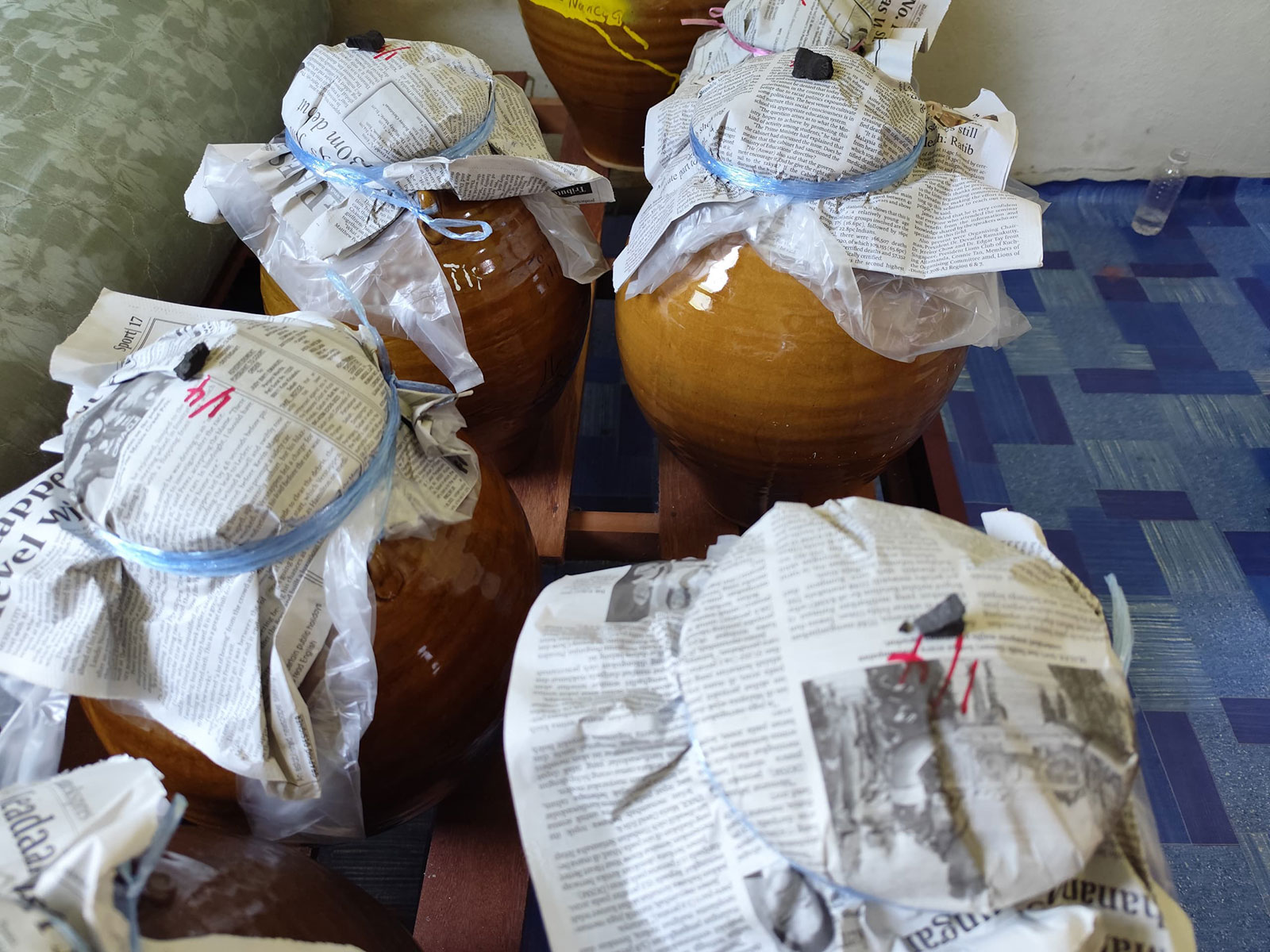
My family has been practicing rice farming for generations. However, like many in my generation, I am not as involved in agriculture anymore. Most of us have taken up modern-day jobs, working in offices or other industries. That said, growing up in Tambunan exposed me to many aspects of rural life, especially activities related to rice production. One of these activities is Manasad, the process of making To’omis, or rice wine, in the Dusun language.
To’omis is brewed for several reasons: to prepare for future events, as a welcoming drink for visitors, for business purposes, or simply for casual drinking. I consider myself lucky because my mom brews rice wine regularly, and I have had the opportunity to experience the process firsthand. I started helping her when I was around 13 years old, though I don’t do it as often now since I no longer live with my parents. Still, I believe I remember the step-by-step process well, so I’d like to share it with you.
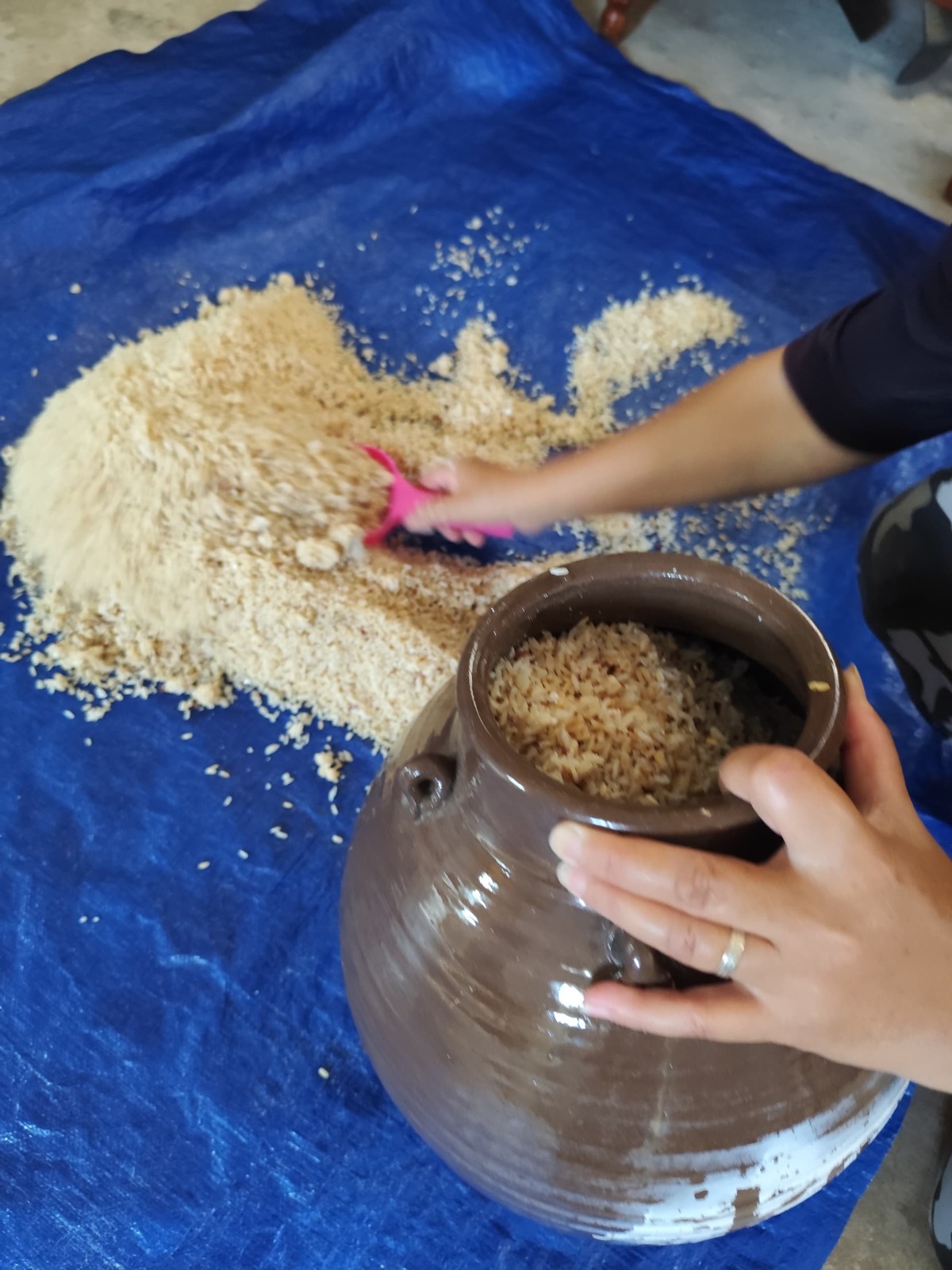
The process begins with my mom retrieving paddy from our storage house, called a tangkob. This structure is dedicated solely to storing our yearly harvested paddy. Instead of taking the newer paddy, she digs deeper into the stored supply, leaving the fresher harvest for eating since it tastes better. Once she has gathered enough paddy, I help carry it outside to dry under the sun. This step is important because it loosens the husk, making it easier to remove during milling. She prefers rough milling, as the grains remain more solid, resulting in firmer rice once cooked and fermented. This prevents the rice from becoming too soft and porridge-like, which could slip into the straw when drinking the matured To’omis. If the rice is too mushy, it can block the straw, making it difficult to drink. Swallowing chunks of rice while sipping the wine is also not a pleasant experience.
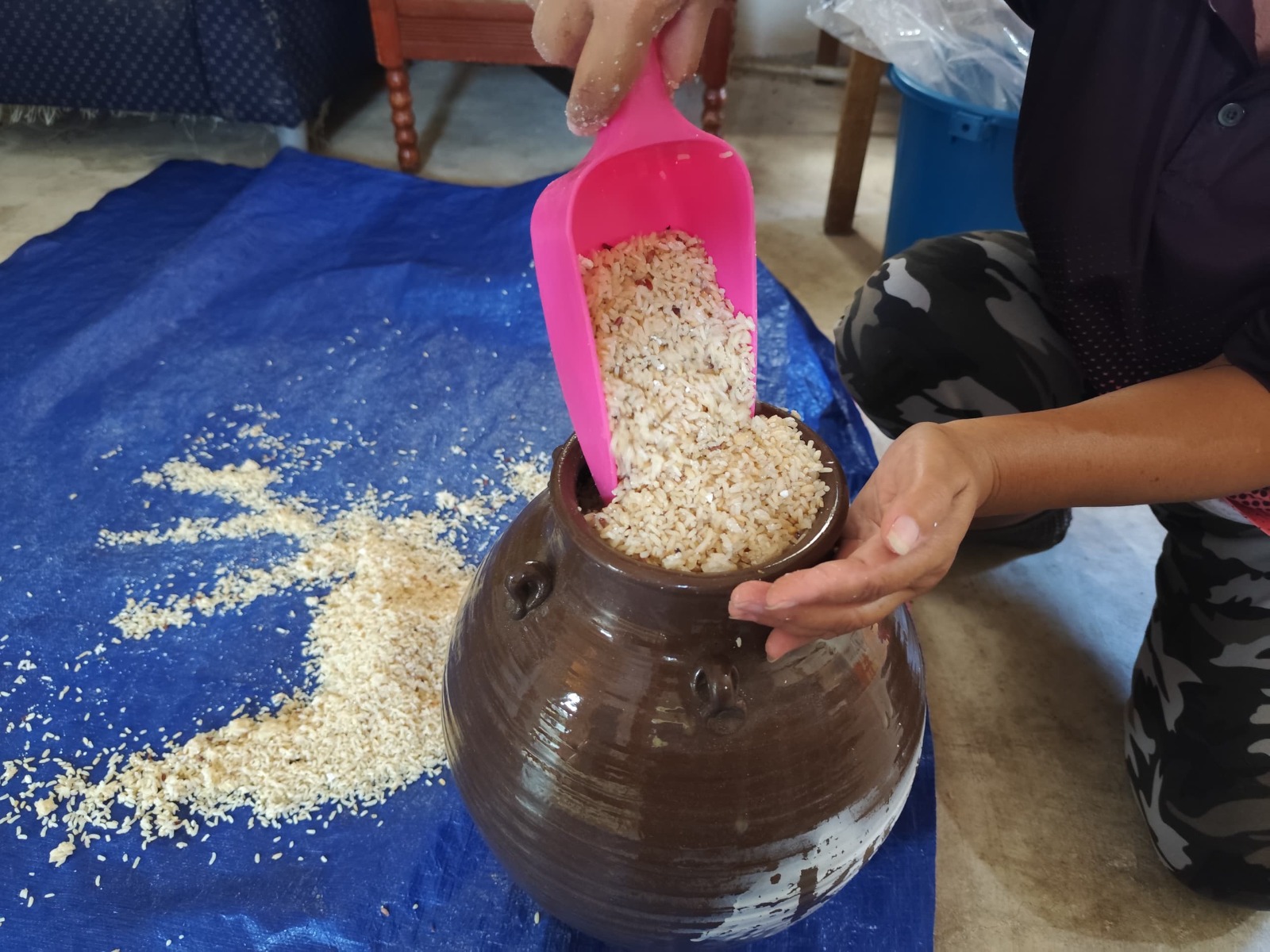
After milling, we cook the rice in a large pot over a firewood stove. Once it’s fully cooked, we spread the rice out to cool. When the rice reaches room temperature, we prepare the sasad (yeast) by crushing it into a fine powder and evenly sprinkling it over the rice. Next, the mixture is transferred into a tightly sealed jar to prevent contamination. My mom also places a piece of charcoal on top of the lid. She believes this keeps away bad spirits that might interfere with the fermentation process.
Aside from following the steps carefully, certain rules and prohibitions must be observed to ensure a successful brew. One of the most important rules is to limit talking during the brewing process, with some even choosing to remain completely silent. Eating sour food before brewing is also avoided, as it is believed to cause the brew to turn sour. Another rule is to stay awake throughout the process, as sleeping while brewing is thought to make people feel sleepy when drinking the final product. Additionally, any negative vibes, such as arguments or the use of bad words, are strictly discouraged, as they are believed to influence the mood and experience of those who drink it. Lastly, maintaining hygiene is crucial to ensure the To’omis is clean and safe for consumption.
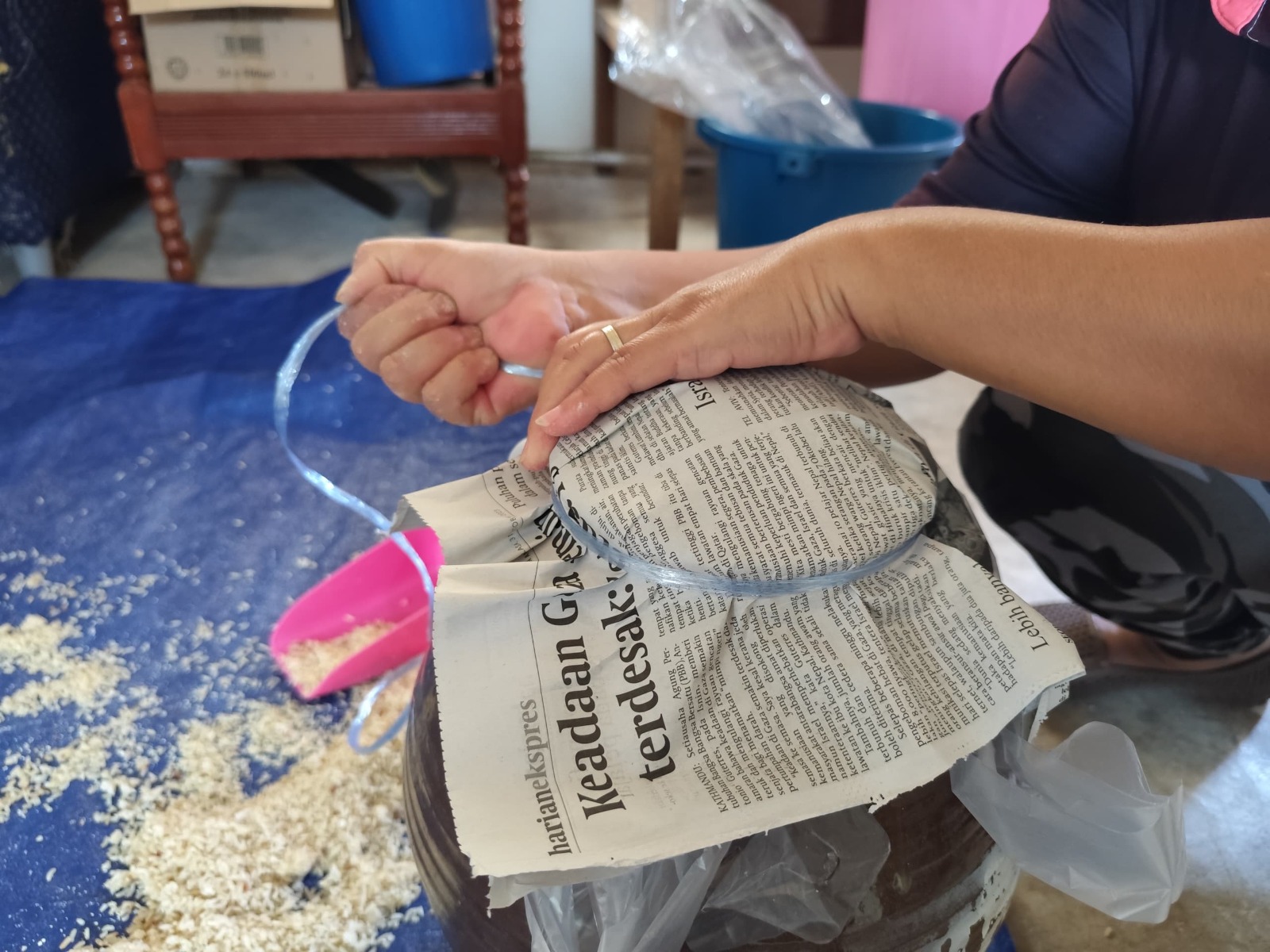
And that’s it! The process of brewing To’omis is quite simple, and the ingredients are easily available at the local Sunday market in Tambunan. By following these steps and respecting the traditional rules, we ensure that each batch of rice wine is made with care and continues to be a cherished part of our culture.
Credit: Photos were taken on April 1st, 2025 at Kg. Minodung, Tambunan, Sabah by Elcy Joy Ganis.

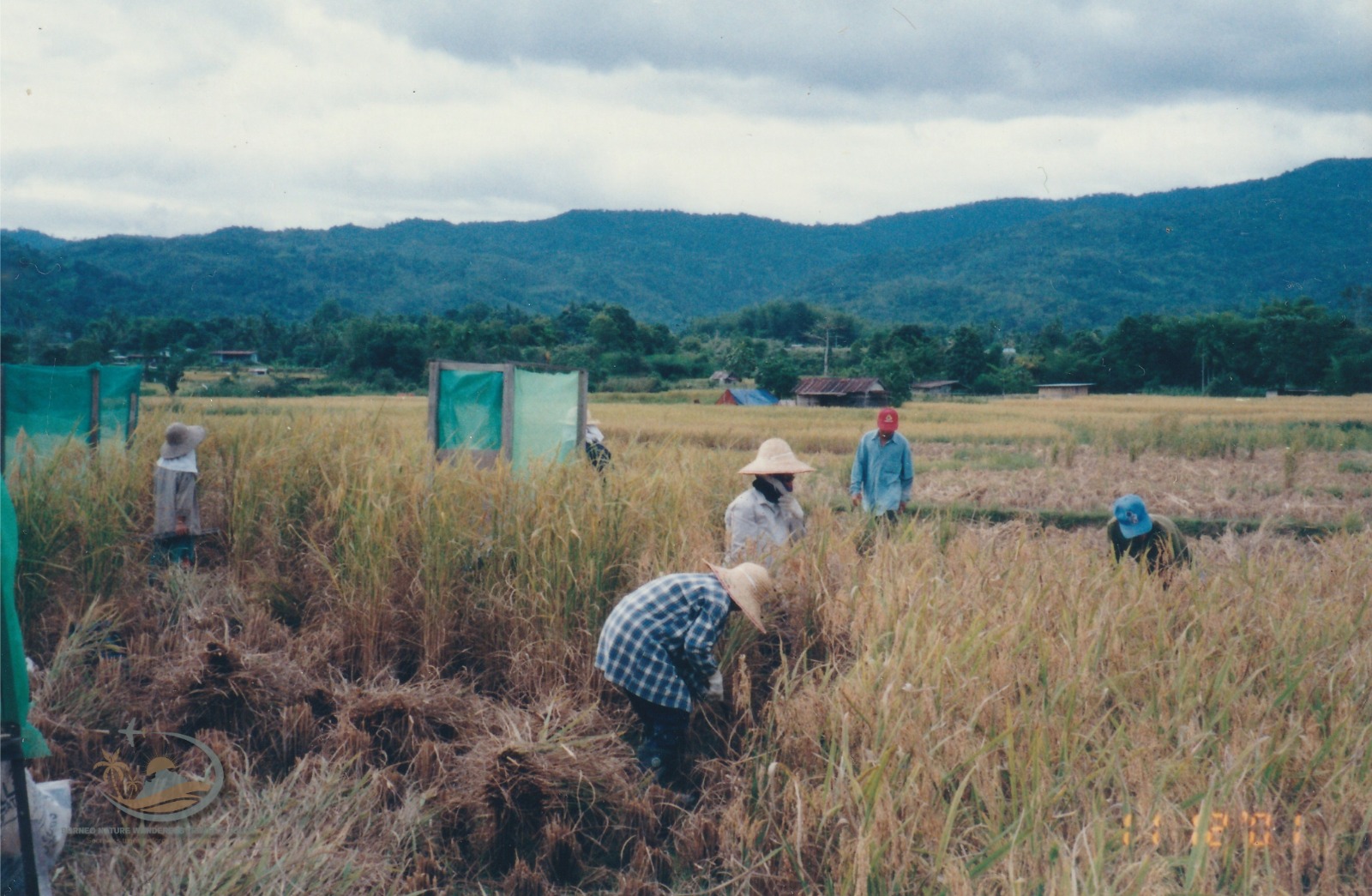
Top Destination
Information
Follow Us
Payment channels
